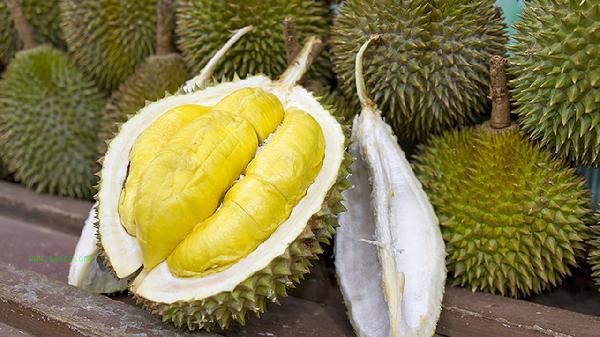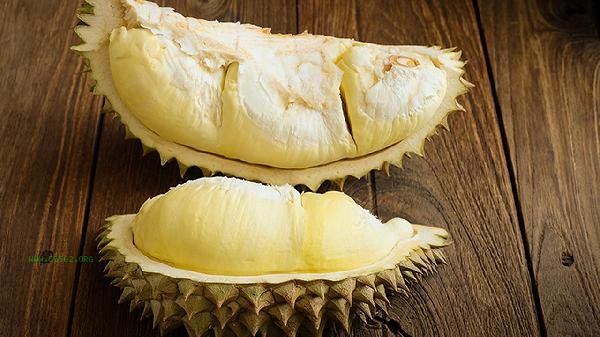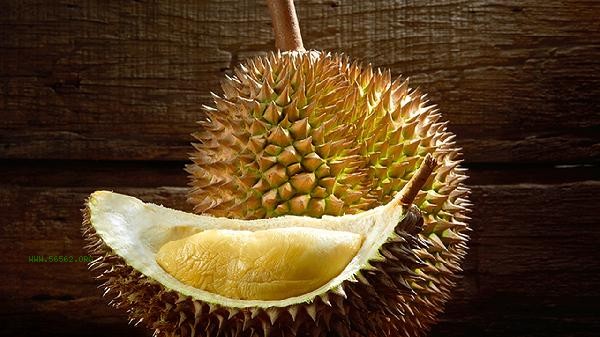The discoloration and yellowing of durian shells are mainly related to the natural pigments on the surface of the shells and the way they are harvested and stored. Durian shells contain natural pigments such as carotenoids, which may seep out during ripening; Friction or moisture on the fruit shells during transportation and storage after harvesting can also cause pigment loss.

1. Natural pigment exudation
Durian shells are rich in natural pigments such as carotenoids and anthocyanins. As the fruit ripens, these pigments may seep out from the cracks in the shell. The higher the maturity of durian, the looser the cell structure of the outer shell, and even a slight touch can easily cause pigments to contaminate the skin. This type of pigment has strong stability and can only be thoroughly removed with oil-based cleaning agents after contamination.
2. Mechanical damage after harvesting
During durian harvesting, the outer shell may develop minor cracks due to tool scratching or collision, and juice may also seep out from the broken stem. Friction between fruit shells during transportation can exacerbate pigment shedding, especially in high-temperature environments where the surface of the shells increases in mucus and is more likely to adhere to the skin, forming yellow stains.
3. Storage environment is humid
When storing durian, if the humidity is too high, condensation water will form on the surface of the fruit shell, dissolving some water-soluble pigments. When human hands come into contact with damp fruit shells, pigments transfer to the skin with moisture. Some businesses spraying water mist for preservation can also accelerate the dissolution of pigments, which is more pronounced in immature durians.

4. Differences in Variety characteristics
Yellow fleshed durian varieties such as Golden Pillow have higher pigment content in their fruit shells, and the phenomenon of color fading is more significant than that of varieties such as Qingni. Wild durian has a thicker and rougher outer shell, which enhances its ability to attach pigments. Due to differences in soil composition and pigment composition of durians from different regions, the degree of staining may vary.
5. Residual artificial processing
Some merchants may use food grade dyes to enhance the appearance and appearance of durian, as these artificial dyes are more likely to peel off when in contact with sweat. Although legally used dyes are harmless to the human body, they may exacerbate the degree of staining. When purchasing, you can observe whether the color of the fruit shell is uniform, and the natural color transition of durian is usually more natural.

When handling durian, it is recommended to wear gloves or wrap it with a towel, and immediately clean it with cooking oil and hand sanitizer after staining. Choose durians with intact shells, no cracks, and uniform colors, and store them in a well ventilated and dry environment. If individuals with sensitive skin experience itching, redness, and swelling, it may indicate an allergy to durian protein. They should rinse with saline and seek medical examination. Clean your hands promptly after daily consumption to avoid temporary skin discoloration caused by prolonged attachment of pigments.








Comments (0)
Leave a Comment
No comments yet
Be the first to share your thoughts!